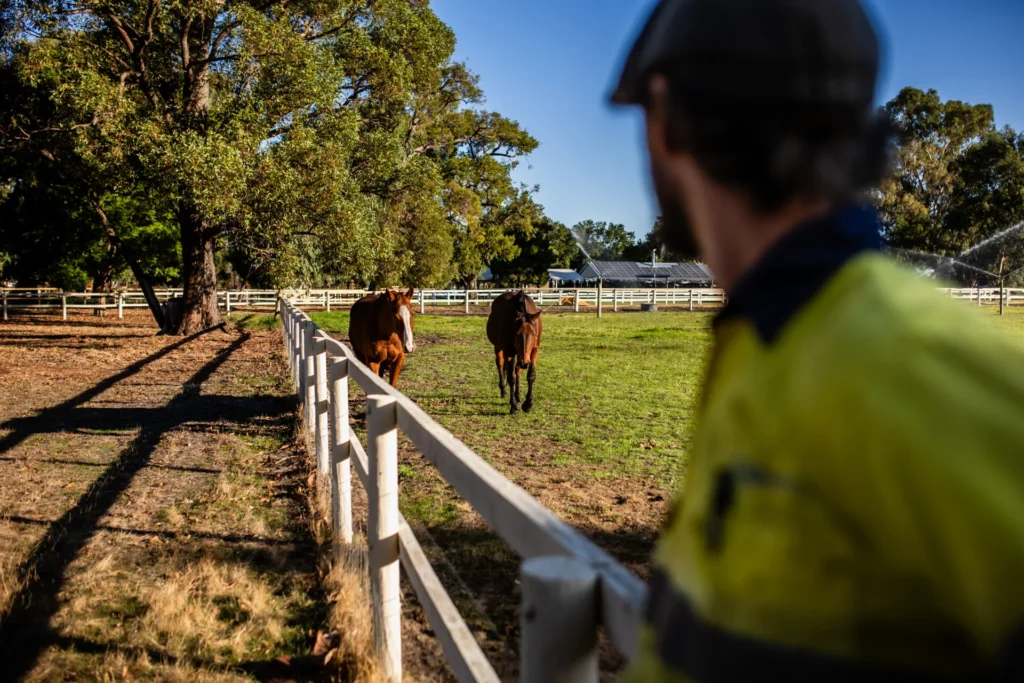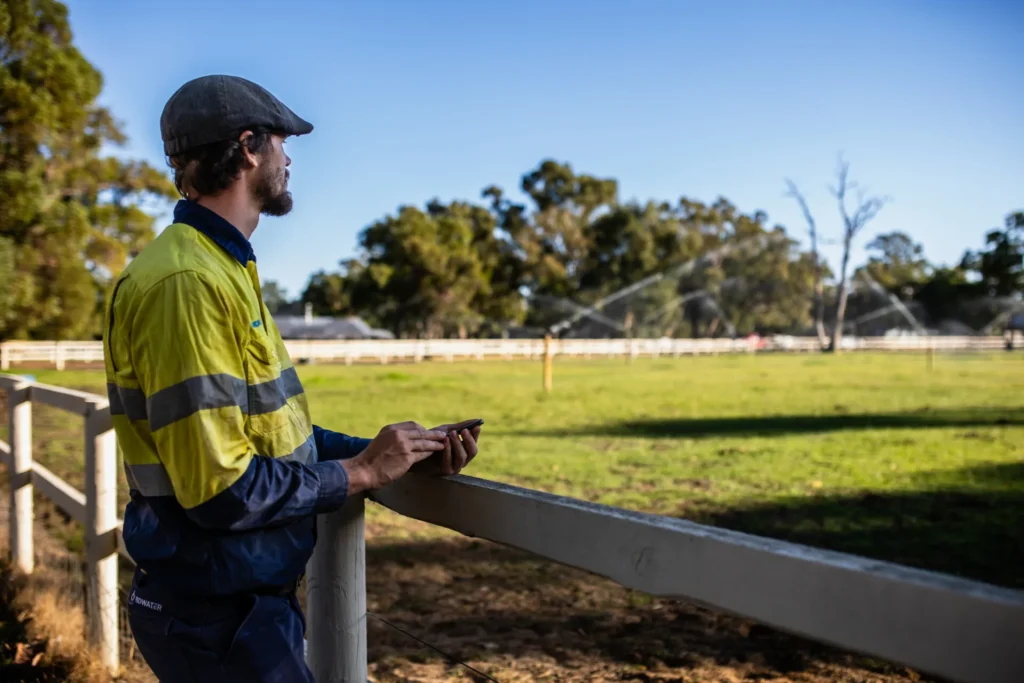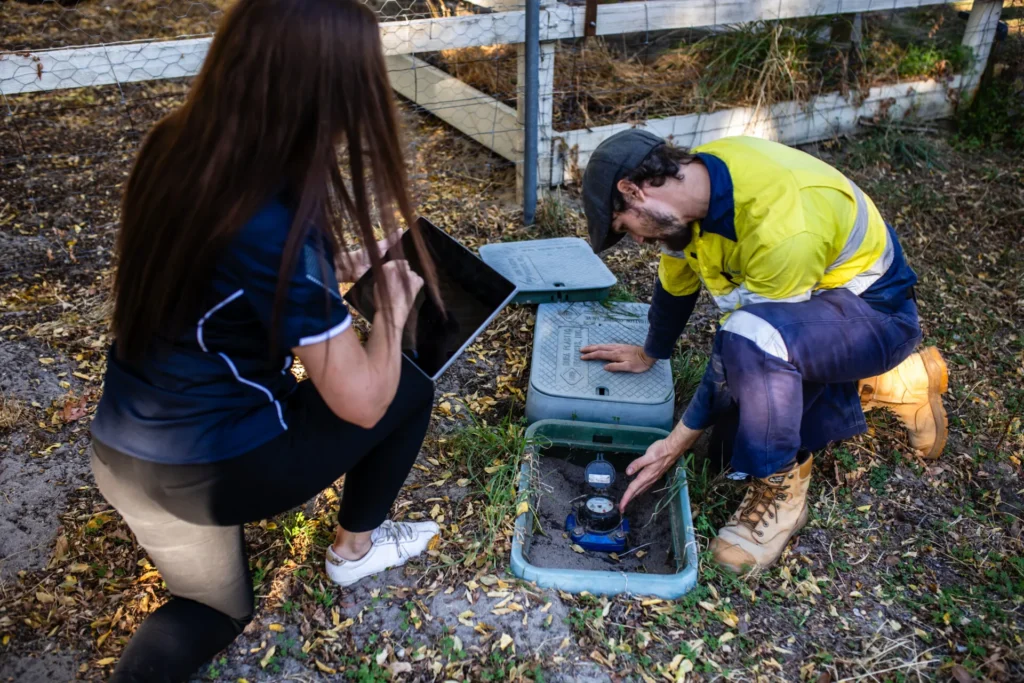Water Manager
Bores
Surveying

Don’t drill blind - Survey first
At BD Water, we don’t gamble with your time, money, or resources. We use advanced seismic surveying and geophysical downhole logging to take the guesswork out of water bore drilling.
Surveying gives you a great deal of information upfront. Our surveys not only tell you where to drill, but also what kinds of materials you’ll encounter at various depths, giving you quality and flow indicators. This makes bore design far more accurate, ensuring that the bore is built to the best water producing sands on your property.

What is the best type of survey for me?
Seismic surveys: 2D precision for results on large properties
The results? A clear map of your property's hydrogeology to pinpoint exactly where to drill, avoiding dry spots and maximising the chances of finding a good water supply.
Geophysical bore logging: going to the exact right depth
One of the key tools we use is resistivity logging, which helps us determine the salinity levels of the water. By using resistivity, we can tell you if the water is fresh and suitable for your needs or if it might need treatment. This gives you the complete picture - quantity and quality of water.

Save Money, Save Time
and Drill Smarter
Advanced Technology
Cost-Effective Solutions
Tailored Bore Design
Our Customers
What our clients and drillers say about us.
Maximise your chances to find water
Whether you’re tapping into groundwater for farming, livestock, or public irrigation use, our advanced surveys take the guesswork out of the equation.
Frequently Asked Questions (FAQ)
How deep do you have to drill?
Depths can vary greatly depending on the area and target groundwater formation. As a general guideline:
- In residential and flat areas, Superficial Mud drilling is about 20 – 50 metres. We drill past the water table and into water-producing sands for better water flow and consistency throughout the year.
- In the Perth Hills and inland, Superficial Granite drilling can go anywhere within 30 – 100 metres and beyond. We are targeting a fracture in the rocks underground, and depths can vary greatly.
- For Confined Aquifers, the target area can be within the range of 60 – 300 metres, the exact depth will depend on the area the property is in.
If your area is mapped by the Department of Water and Environmental Regulation, you can get a guide for what depth you should expect for the superficial aquifer. The water maps aren’t always correct – we’ll be happy to give you insights into drilling in your are that we gather from our drilling jobs in your area.
We can give you an estimate of the expected depth for your bore. Contact us today to discuss your bore.
How much is a water bore drill in Perth?
It depends heavily on what you’re looking to achieve with the bore and where you’re drilling it.
Costing is generally worked out on a per meter basis, which will include drilling the bore, inserting the PVC casing and air developing of the bore until the water is clear of any muds. Our rates vary depending on the type of drilling, bore construction design, equipment required, size of the bore, etc.
Contact us today for a custom quote, obligation-free.
Does bore water need to be treated?
It may need to. Particularly if you are concerned with water quality, the first step in determining if treatment is needed is to conduct water quality testing. Once the test results are in, you can compare them with your required water quality indicators, and check if you need to treat it.
Generally, bore water doesn’t need to be treated it if it’s odourless, colourless, the pH tests greater than 5. If you have specific quality requirements for your water use, we can assess the filtration options you may need, and provide recommendations.
Bore water is not recommended for drinking water. If you do want to consume it, it’s important to test and chlorinate it properly. For more information about drinking from the water bores in Perth, consult the official drinking water guidelines.
Can a water bore be installed anywhere?
No, not everywhere is suitable to find water. There are certain factors that contribute to a higher chance of finding water, such as water bodies, elevation, soil types and property lithology. Our drilling team is experienced in finding the best locations to drill on a property, and our drilling process includes an off-site assessment and on-site inspection to understand the property and advise on the best drilling location within your property. We are also happy to work in a location of your choice.
Finding water isn’t certain, but selecting the best location will increase our odds.
How much is a consultation and quote?
Most of our consultations and quotes are free of charge. We conduct consultation with you, generally on site, to get to know you and understand your water needs, then provide a free quote.
In some cases, specialised research, testing or designing is required before we can provide a formal quote for the works. This includes bore drilling consultations and irrigation where a large system design is required. In these cases, we will discuss the costs of these services before doing anything, and if you’d like to go ahead, we can help you get a comprehensive solution, tailored to your needs.